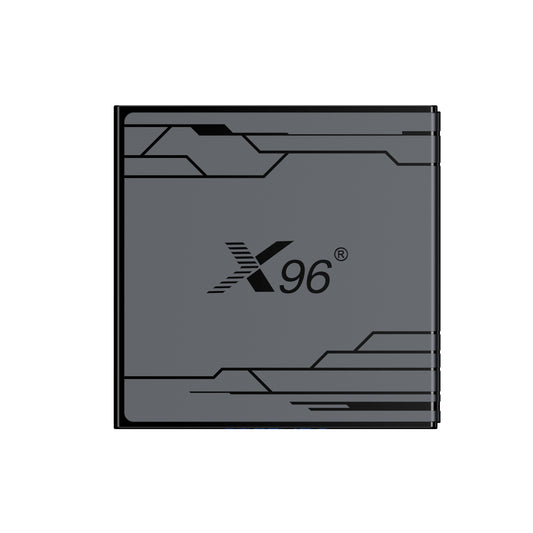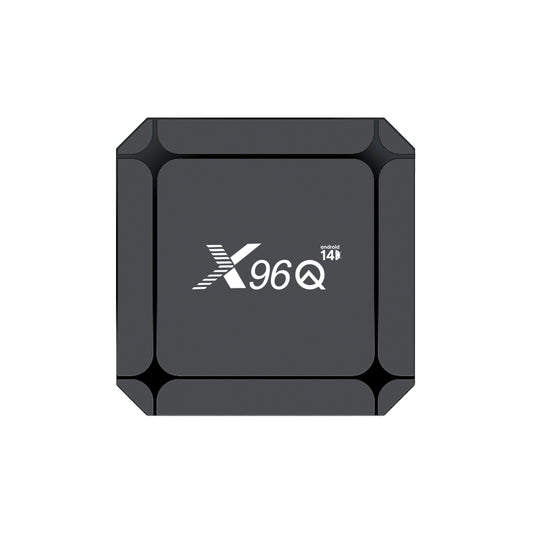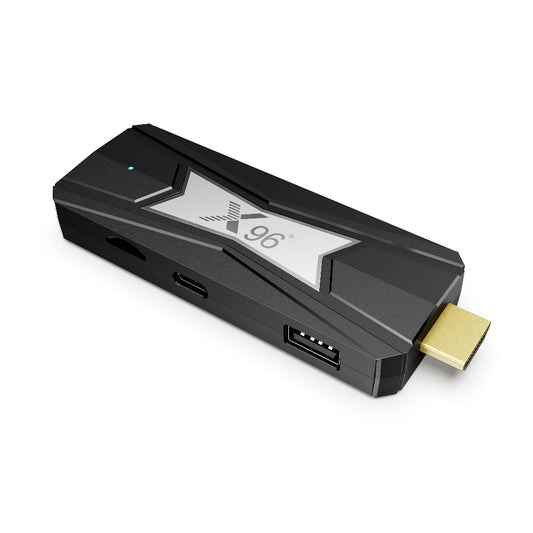
What is the OTT TV box? Is Apple TV or Firestick an ott box?——OTT TV Box price
As the landscape of television continues to shift, many viewers are turning to over-the-top (OTT) TV boxes for a more flexible and personalized viewing experience. But what exactly are these devices, and why are they becoming so popular? If you’ve found yourself curious about the ins and outs of OTT TV boxes—how they function, what makes them different from traditional setups, and how to choose the right one—you’re not alone. This blog aims to demystify OTT TV boxes by addressing the most frequently asked questions, helping you navigate this exciting realm of entertainment. Whether you’re looking to cut the cord or simply enhance your streaming capabilities, we’ve got the answers you need to elevate your viewing experience. Let’s dive in!
1. What is the OTT TV box?
Think of an OTT TV box (like Amazon Fire Stick, Roku, Chromecast, or Apple TV) as a tiny computer just for your TV. It plugs into your TV’s HDMI port and connects to the internet (via Wi-Fi or cable).
What does it do?
It lets you watch streaming apps (like Netflix, YouTube, Disney+, Hulu, or Spotify) directly on your big screen. Instead of needing a smart TV, this little box turns any regular TV into a "smart TV".
Key things to know:
No Cable/Satellite Needed: Uses your home internet to stream shows.
Apps, Not Channels: You download apps (like on your phone) to watch what you want, when you want.
Easy to Use: Comes with a simple remote (or uses your phone).
Portable: Take it on vacation and plug it into any hotel TV!
Affordable: Most cost between $30-$100 (no monthly fee for the box itself).
2. How does OTT work?
Over-the-top (OTT) technology allows users to stream content directly over the internet, bypassing traditional cable or satellite television. The functionality of OTT devices, such as OTT TV boxes, relies heavily on a combination of hardware components and software systems. Here’s a breakdown of how it works from a technical perspective:
1. Chipset: At the heart of an OTT TV box is the chipset, which is responsible for processing the data. Modern OTT devices typically utilize powerful processors (like ARM-based chips) that can handle high-definition video decoding and streaming. These chipsets ensure smooth playback, efficient multitasking, and quick access to apps and content.
2. Motherboard: The motherboard acts as the main circuit board, connecting all the components of the OTT box. It houses the chipset, memory, and other essential components, allowing them to communicate with each other. A well-designed motherboard ensures stability and performance, enabling the device to run efficiently.
3. Memory (RAM and Storage): OTT devices come equipped with RAM, which is crucial for temporarily storing data that the processor needs to access quickly. More RAM allows for smoother operation and the ability to run multiple applications simultaneously. Additionally, storage (either internal or expandable via external drives) is necessary for saving apps, settings, and downloaded content.
4. Network Connectivity: OTT boxes rely on internet connectivity to stream content. Most devices support both wired (Ethernet) and wireless (Wi-Fi) connections. A stable and high-speed internet connection is essential for streaming high-definition content without buffering. Some devices also support advanced networking standards like Ethernet over Powerline or Wi-Fi 6 for improved performance.
5. Operating System: The operating system (OS) installed on an OTT box plays a significant role in its functionality. Popular OS options include Android TV, Roku OS, and proprietary systems. The OS manages hardware resources, runs applications, and provides a user interface for navigating content. It also supports app installations from various streaming services, allowing users to customize their viewing experience.
6. Video and Audio Decoding: OTT devices use various codecs (like H.264, H.265, or VP9) to decode video and audio streams. This decoding process converts compressed digital signals into a format that can be displayed on your TV. High-quality decoding is essential for delivering clear, high-definition video and immersive audio experiences.
7. User Interface and Remote Control: The user interface (UI) is designed to make navigation easy and intuitive. It allows users to browse through apps, search for content, and access settings. Most OTT boxes come with a remote control, and many also support voice commands or mobile app controls for added convenience.
3. Is firestick an ott box?
Yes, a Firestick is an OTT box. It’s a small, internet-powered device that lets you stream apps on any TV.
4. Is apple tv an ott box?
Yes! The Apple TV hardware box is a premium OTT streaming device — perfect for Apple fans who want top speed, 4K HDR, and deep integration with iPhones/iCloud
5. OTT TV Box price
When considering the purchase of an OTT TV box, you'll notice a wide range of prices, typically ranging from budget-friendly options to high-end models. The price of an OTT TV box can be influenced by several factors, including configuration, intended use, and brand reputation. Here’s a breakdown of these factors to help you understand how they affect pricing:
1. Configuration:
- Processor: The chipset used in an OTT box significantly impacts its performance. Devices with high-performance processors (like quad-core or octa-core chips) tend to be more expensive as they can handle higher resolutions and multitasking more efficiently.
- Memory and Storage: OTT boxes with larger RAM (e.g., 2GB or 4GB) and ample internal storage (e.g., 16GB, 32GB, or more) generally cost more. More memory allows for smoother operation and better handling of apps, while higher storage capacity enables users to download and store more content.
- Video and Audio Support: Devices that support advanced video formats (such as 4K, HDR, or Dolby Vision) and high-quality audio codecs (like Dolby Atmos) are typically priced higher due to the enhanced viewing experience they offer.
2. Intended Use:
- Basic Streaming: If your primary use is to stream content from platforms like Netflix, Hulu, or YouTube, a budget model (ranging from $30 to $70) may suffice. These devices usually offer standard HD streaming and essential features.
- Gaming and Advanced Features: For users interested in gaming or requiring extensive app support, investing in a mid-range ($70 to $150) or high-end model ($150 and above) is advisable. These devices often come with better processing power, enhanced graphics capabilities, and additional features like gaming support or voice control.
3. Brand Reputation:
- Popular Brands: Well-known brands like Roku, Amazon (Fire TV), Apple (Apple TV), and Nvidia (Shield TV) often command higher prices due to their brand reputation, quality assurance, and customer support. These brands typically offer a more extensive ecosystem of apps and services, justifying their premium pricing.
- Lesser-Known Brands: There are many budget-friendly options from lesser-known brands, which can be appealing for cost-conscious consumers. While these devices may offer decent performance, they might lack the same level of support, updates, or app availability as more established brands.
4. Additional Features:
- Smart Home Integration: Some OTT boxes come with smart home capabilities, allowing users to control smart devices. This added functionality can raise the price.
- Subscription Services: Certain devices may include free trials or bundled subscriptions to streaming services, which can affect the overall value proposition and perceived price.
5. Sales and Discounts: Prices can fluctuate based on promotions, seasonal sales, or new model releases. It's worth keeping an eye out for deals, especially during holiday seasons or major sales events.
6. Market trends and price forecasts
Regional differences: The European and American markets have a high proportion of high-end models (average price ¥1,000+), while Asia is dominated by mid- and low-end models (average price ¥500–800)410.
Future trends:
In 2025, Apple plans to launch an entry-level Apple TV for ¥720 to seize the mid-range market3.
The Android TV box market size is expected to reach ¥126.5 billion in 2031 (CAGR 10.1%), and the increase in the proportion of 4K/8K models may increase the average price




